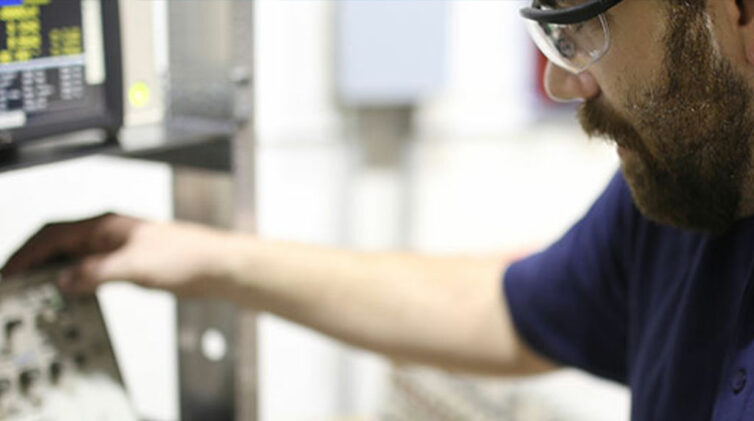
James Dyson
BILLIONAIRE inventor and vacuum cleaner innovator Sir James Dyson has pulled the plug on his electric vehicle project, stating it is “not commercially viable”.
Mr Dyson, whose name is on millions of vacuum cleaners, fans and hand dryers and who made most of his money licencing his innovative bagless cleaner design, planned to launch his EV from a Singaporean manufacturing plant in 2021.
Now his Dyson Automotive business, funded to the tune of $4.6 billion with most of that being his own money, has canned production of its large electric SUV because it sees existing OEMs better placed to reap the majority of profits from EV manufacture.
In an email to his 500 workers at Dyson Automotive’s facility in the Wiltshire village of Hullavington in England’s south-west, Mr Dyson said the working prototype of the first model was “fantastic” and staff “have been ingenious in their approach while remaining faithful to our philosophies”.
“However, though we have tried very hard throughout the development process, we simply can no longer see a way to make it commercially viable,” the email read.
The project was put up for sale but no buyer has been found.
Dyson planned to make the car at a new factory in Singapore and, according to reports, personally bought the city’s most expensive penthouse as his family pad.
In an interview with UK motoring publication Autocar, Mr Dyson said the EVs were planned to be built in Singapore after an initial batch was built at its $370 million centre in Hullavington.
Now, the car production is gone but Dyson will continue developing the technology – including the solid-state battery – and licence the intellectual property.
Of the battery, Mr Dyson has said it would “offer us significant opportunities which we must grab with both hands”.
“Our battery will benefit Dyson in a profound way and take us in exciting new directions. In summary, our investment appetite is undiminished and we will continue to deepen our roots in both the UK and Singapore,” he said.
“This is not a product failure, or a failure of the team, for whom this news will be hard to hear and digest. Their achievements have been immense given the enormity and complexity of the project.
“Since day one, we have taken risks and dared to challenge the status quo with new products and technologies. Such an approach drives progress, but has never been an easy journey. The route to success is never linear.
“This is not the first project which has changed direction and it will not be the last.
“I remain as excited about the future of Dyson as I have always been. Our ambitions have never been higher, our ability to invest has never been greater, and the team has never been stronger.”
The EV had been shown in drawings and renderings as a long crossover similar in size to a Range Rover with a length of about 5m and a wheelbase of 3.3m. It was designed by a team led by former Aston Martin chief engineer Ian Minards.
The aluminium body was built on a skateboard-style platform with a wide, thin and long battery. Dyson has previously said he favoured a vehicle with low weight and high aerodynamics, with a large cabin for personal space and an accent on a comfortable ride.
Dyson has patent applications on the vehicle but none relate to the type of drivetrain. The battery development revolves around solid state but there are no other details on what composite will be used to store the energy.
By Neil Dowling














 Read More: Related articles
Read More: Related articles

